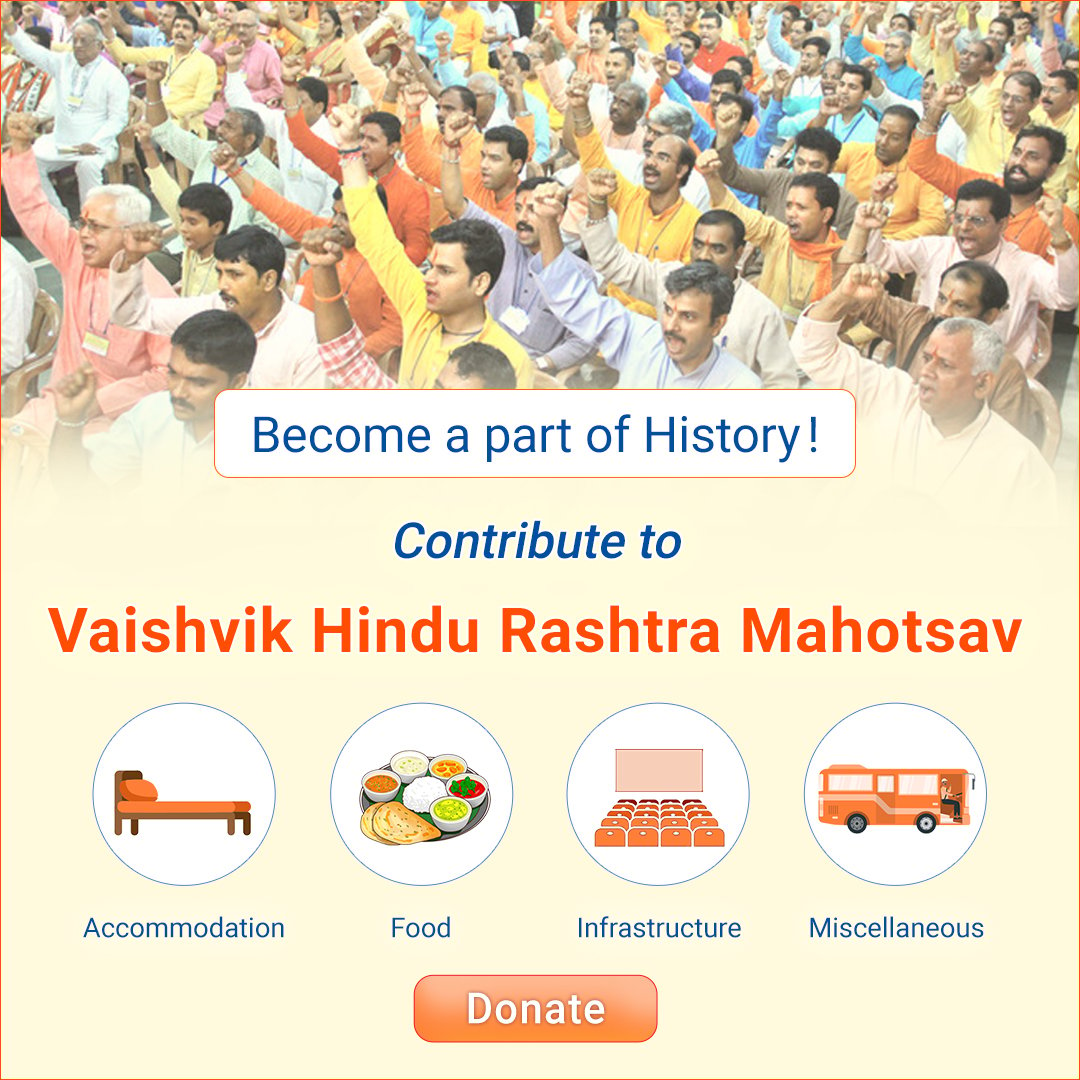Contents
- 1. Origin and meaning of Hathayoga
- 2. Synonyms: Tapashcharya
- 3. For whom it is directed?
- 4. Types
- 5. Theoretical discussion of Hathayoga
- 6. Practical suggestions
- 7. Signs of mastery over Hathayoga
- 8. Duration required to make progress
- 9. Automatically mastering Hathayoga
- 10. Limitations
- 11. Dangers
- 12. Comparison with other paths of Yoga
1. Origin and meaning of Hathayoga
A. Hatha (हठ) means obstinacy or forcefulness. Hathayoga [हठ योग (Path of Deliberate Rigour)] means gradually increasing the ability of the physical body to endure stress by forcefully inflicting different kinds of stresses on it. Consequently it amounts to increasing the tolerance of the mind. Sage Markandey is considered to be the founder of this Yoga. Till the state of union with Brahman (Brahmasthiti) is achieved, every type of spiritual practice is in a way a form of Hathayoga. ‘Asan, Bandha, Mudra’, ‘Tratak’, and ‘Pranayam’, all come under the purview of Hathayoga.
B. ‘Gorakshanath in his text book “Siddhasiddhant Paddhati” gives a different spiritual meaning of Hathayoga as follows:
हकार: कीर्तित: सूर्यष्ठकारश्चन्द्र उच्यते ।
सूर्यचन्द्रमसौर्योगाद्घठ योगो निगद्यते ।।Meaning: In Sanskrut, ‘ha (ह)’ indicates the breathing which occurs through the right nostril while ‘tha (ठ)’ that which occurs through the left nostril. They are referred to as the sun (surya) and the moon (chandra) respectively. The vital energies pran and apan popularly known as the surya and the chandra are to be united and this being a difficult task, it is referred to as Hathayoga.’(1)
C. ‘Ha (ह)’ means Shivabija and ‘tha (ठ)’ means Vahnibija (fire) that is Shakti (Primal Energy). Hathayoga in other words is the union of Shakti with Shiva (Supreme God).
Hathayoga was mainly practised in the Shaiva and Nath sects. Matsyendranath and Gorakshanath widely propagated Hathayoga. Hathayogapradipika is the fundamental text of the yogis of the Nath sect. However the real motive behind practising Hathayoga is not limited to merely bringing about an increase in the tolerance of the mind but to activating the kundalini (spiritual energy) and taking it upto the Brahmarandhra.
2. Synonyms: Tapashcharya
‘Tap (तप) (to get heated / to stand the test of time) is a word from which the word tapashcharya (तपश्चर्या) (penance/austerity) has been derived. To do penance means to deliberately inflict physical and psychological pain upon oneself. It also means to accept the unhappiness inflicted upon oneself, willingly. The natural tendency of man is to turn away from pain. He is always thinking of how to avert unhappiness. On the contrary an individual performing penance accepts unhappiness and in order to increase his mental strength inflicts pain on himself. Pain arising from disease, accident, etc. is imposed on man. However the one doing penance himself creates pain and unhappiness and endures it. In short, that which one has to undergo due to selfishness is psychological distress (manastap) and that which one endures selflessly is penance (tap). There is a mental illness in which the patient gets pleasure by experiencing pain. Hence he inflicts pain on himself. However such a patient can be distinguished from a seeker by his other symptoms.
3. For whom it is directed?
A. Hathayoga is indicated for one whose sensuous desire is uncontrollable.
B. ‘For those who wish to master the Hathayoga it is advisable to commence practice from the age of 15-16. After that, it is not at all advisable to practise it. As for the elderly even intending to practise Hathayoga is a great mistake.’(2)
4. Types
Hathayoga has five parts namely, the shatkarmas (the six actions), asan, pranayam, mudra and bandha.
4.1 Physical types: Rituals of the six actions (shatkarmavidhi)
‘It is said that seekers suffering from obesity or physical disorders related to phlegm (kaph) and bile (pitta) should first practise the six actions and make the physical body pure and healthy. These six actions are – dhouti, basti, neti, tratak, nouli and kapalbhati. They are known as the acts of purification (shuddhikriyas).
A. Dhouti: The main types of dhouti are vamandhouti (dhouti by vomiting), dandadhouti (dhouti with the hand) and vastradhouti (dhouti with a cloth). In vamandhouti, lukewarm salt water is to be drunk quickly till one feels nauseated. Then one should induce vomiting. In dandadhouti a tube 1 metre in length and 1 centimetre in diameter is inserted through the throat upto the stomach. Then after one bends, the water starts regurgitating. After all the water has regurgitated, the tube is removed. In vastradhouti, a soft cloth four fingers broad and of fifteen arms length is swallowed little by little. Its other end is held tightly with the thumb and the index finger of the right hand. After swallowing it completely it is pulled out, gradually. Thus there are different types of dhoutis. With the practice of dhouti,impurities in the body such as phlegm, bile, etc. are eliminated. It specially brings about purification of the digestive system.
B. Basti: A pipe equivalent to the breadth of six fingers with its internal diameter of the size of the little finger is made from bamboo or silver. One stands immersed in water upto the level of the navel either in a river, lake or tank and inserts the pipe upto a length equal to four fingers breadth into the anal passage. Then one tries to suck air into the abdomen. As a result, water enters the abdomen through the pipe. After stepping out of water, the act of nouli is performed and attaining the utkatasan (hips-up posture), water from the stomach is expelled. With such practice diseases of the liver, pancreas and stomach, generated from the three humours are cured. This act is performed in the morning on an empty stomach.
C. Neti: This is of four types. Jalaneti (with water), dughdaneti (with milk), ghrutaneti [with clarified butter (ghee)] and sutraneti (with thread). In sutraneti a thread the length of a hand’s span is smeared with wax or clarified butter and one end is made thin. Then it is inserted into the nostril and pulled out through the throat. Both the ends of the thread are held together and pulled forward and backward. Owing to the practice of neti defects in the nose, eyes and head are overcome. Its distinctive feature is purification of the respiratory tract.
D. Tratak
E. Nouli (the abdominal corrugator): One sits either in the simple cross-legged posture or stands and bends cupping one’s knees with the hands. Then flexing both shoulders, the abdominal muscles are rotated rapidly from south to north and north to south. Nouli is very useful to promote digestion and control hyperacidity.’(3)
F. Kapalbhati
4.2 Psychological types
Not doing the things one likes to do, that is, not experiencing happiness
Curbing one’s desires and ambitions
Doing things one does not like to do
Tolerating (physical) pain and unhappiness
Sacrificing selfish motives.
5. Theoretical discussion of Hathayoga
5.1 Bindu (dot)
The word bindu (dot) is used in the following context in Hathayoga or at times is used with reference to any one of the following meanings.
Mahabindu (the great dot): The entire inner creation
Parabindu (the supreme dot): A form of God
Sukshmabindu (the subtle dot): The individual mind
Shulabindu: The sperm.
5.2 Benefits derived from unhappiness and pain
Endurance of pain increases mental strength.
One begins to feel compassion towards others who are experiencing pain.
An individual realises his limitations due to unhappiness and pain. One’s vanity is destroyed and the mind is diverted to The Omnipotent Supreme God.
Detachment towards worldly life develops and the mind turns to Spirituality.
By experiencing unhappiness destined actions are completed. Hence pain is a blesssing in disguise.
The spiritual progress of a person can be perceived from his ability to endure pain.
5.3 Losses occurring from experiencing happiness
When one gets habituated to experiencing happiness, if one is unable to get it even for a day, one feels unhappy. For example those who like to watch television feel unhappy when the television set is out of order even for a day.
Often even after experiencing happiness, the desire for pleasure is not fulfilled completely. For instance inspite of enjoying sexual pleasure for a thousand years King Yayati asked his son Puru for his youth so as to be able to enjoy more sexual pleasure.
In old age, though desires persist one is unable to fulfill them as the energy is insufficient. This results in unhappiness.
Sometimes one harms the body in the pursuit for happiness. For example, playing cards throughout the night, overeating favourite foods, etc.
After death the desires in the mind persist but there is unhappiness as there is no physical body to fulfill them.
5.4 How do the impressions on the subconscious mind decrease by practising Hathayoga?
Happiness is experienced when desirable events occur or desires are fulfilled, whereas unhappiness is experienced when undesirable events occur or desires remain unfulfilled. Hence ‘occurrence of something desirable means happiness and that of something undesirable means unhappiness’ is the impression created in the subconscious mind. Hence an individual feels that a favourite event should repeat itself and an undesired one should not. As one’s desires continue to get fulfilled, the impressions in the like and dislike centre get reinforced. The only way to prevent this from happening is sacrifice of happiness and acceptance of unhappiness. Thus it is possible to acquire control over the like and dislike centre and similarly over all desires except the sexual desire from the desire and instinct centre.
6. Practical suggestions
How to practise acceptance of unhappiness and sacrifice of happiness as a practice of Hathayoga, is given below.
6.1 Acceptance of unhappiness with the five sense organs
An average person’s idea about a hathayogi is one who does penance by sitting or lying down on a bed of thorns or nails, by standing on one foot with one hand raised or by piercing the tongue with a needle. However, in reality to accept unhappiness, one need not resort to such drastic measures. The simple and easy methods given below are as effective as the drastic ones.
A. Nose: Deliberately walking past or stopping at a place with an offensive odour. For example, a heap of garbage on the roadside.
B. Tongue:
Continuing to eat a vegetable (bhaji) or curry even if it is too pungent or if a burning sensation is produced in the mouth by biting a chilli.
Instead of spitting out rotten peanuts, grams or bitter almonds, continuing to eat them.
Eating dishes which one does not relish.
Fasting, not eating or drinking despite feeling hungry or thirsty.
C. Eyes: Deliberately looking at unpleasant things like a heap of garbage, dirt, filth, dead rats, cockroaches, animals, etc.
D. Skin:
Walking in scorching heat instead of shade.
In winter, bathing with cold water instead of warm, not using a blanket, not wearing warm clothing, etc.
E. Ears: Listening to songs, speeches, abuses, quarrels, etc. disliked by one.
6.2 Sacrifice of happiness with the five sense organs
Nose: Not using favourite perfumes, soaps, powders, etc.
Tongue: Not eating favourite dishes.
Eyes: Not watching what one likes, for example favourite television programmes, plays, movies, not reading favourite books, etc.
Skin: Trying to sleep without a mattress and pillow even if one is unable to do so.
Ears: Not listening to favourite songs.
6.3 Reducing the use of motor organs
Mouth: Speaking less, refer ‘Path of Silence (Mounyoga)’.
Penis
Do not exhaust the body, for example by exercising too much, travelling excessively, fasting too often or living in extreme climate.
7. Signs of mastery over Hathayoga
1. A lean body, 2. A pleasant face, 3. Radiant eyes, 4. A melodious voice, 5. Free from disease (hence longevity), 6. Purification of the channels (nadis) [refer ‘Science of Spirituality: Chapter 38: Path of Activation of Spiritual Energy (Kundaliniyoga).]
8. Duration required to make progress
One can make maximum 50% progress with the help of Hathayoga. This generally requires twelve years of penance. (After seven years all the cells in the body except the nerve cells change).
9. Automatically mastering Hathayoga
When one’s attitude becomes introverted, through the practice of any path of Yoga, Hathayoga is automatically mastered. This is because due to the introverted attitude the mind concentrates on spiritual practice or the Bliss which is acquired from it and thus the consciousness of the body (dehabuddhi) starts decreasing.
10. Limitations
‘In the science of Yoga who is a learned fool?
The one who practises postures (asans), pranayam, etc. without following the restraints (yam) and regulations (niyam).’(4) The same tenet is also applicable to those practising only tratak. (Yam and niyam are the first two parts from the Ashtangyoga (Eightfold Yoga) of Patanjali and are related to the mind. Refer ‘Science of Spirituality: Chapter 36- Path of Meditation (Dhyanyoga)’.
11. Dangers
Practising Hathayoga without the guidance of experienced hathayogis could lead to adverse effects on the energy flow in the body and thus cause physical or psychological problems.
12. Comparison with other paths of Yoga
A. Hathayoga and Path of Chanting The Lord’s Name (Namasankirtanyoga): Hathayoga being a tama predominant act, one needs to bring hunger and thirst under control, with efforts. However the Path of Chanting The Lord’s Name being sattva predominant and as one is engrossed in chanting, hunger and thirst are automatically forgotten.
B. Hathayoga and Rajayoga: In Rajayoga first control is gained over the mind and consequently over the vital energy (pran) and the physical body. As a result, in the state of meditation or the superconscious state (samadhi) control over only breath holding (kumbhak) and mastery over postures (asansiddhi) is automatically achieved. On the contrary in Hathayoga one can first achieve control over the physical body and vital energy through asans and pranayam. Then one automatically enters a state of meditation.
Reference:
‘Path of Deliberate Rigour (Hathayoga)’, published by Sanatan Sanstha.
Bharatiya Sanskrutikosh. Publisher: Pandit Mahadevshastri Joshi, Bharatiya Sanskrutikosh Mandal, 410, Shanivar Peth, Pune 411 030.
First edition: Vol.3 to 10 Second edition: Vol.1 and 2
[1]. Vol.10, Pg. 242 [3]. Vol. 10, Pg. 243[2]. Parlok Vidya. First publication: August 1967, Pg. 237. Author: N. K. Kshirsagar. Publisher: S. K. Padhye, 381 K Shanivar Peth, Pune 2.
[4]. Sadhubodh: Shri Gulabrao Maharaj Virachit Prashnottarattmak Sukti Ratnavali. Ashtamayashti, Pg. 24. Publisher: Shri Dnyaneshvar Madhuradvait Sampradayik Mandal, Dahisath, Amravati.

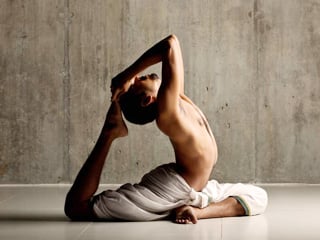
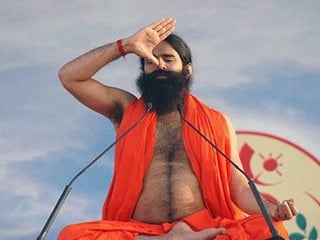 How does pranayam facilitate activation of the kundalini?
How does pranayam facilitate activation of the kundalini?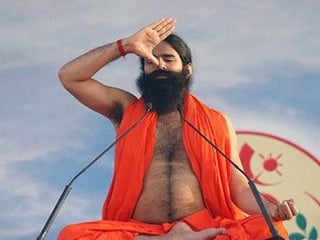 How to gain control over mind by practicing pranayam?
How to gain control over mind by practicing pranayam? Righteousness - key to control desires
Righteousness - key to control desires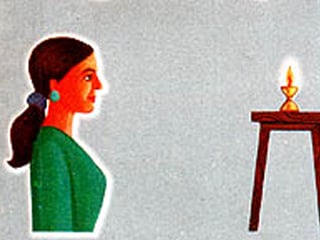 How does tratak help in increasing ones sattvikta?
How does tratak help in increasing ones sattvikta?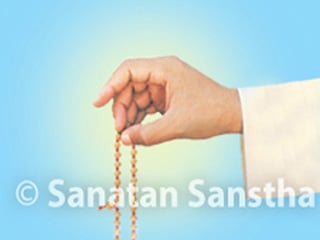 Chanting of Lord's Name: Best tool for observing silence ( maun vrat )
Chanting of Lord's Name: Best tool for observing silence ( maun vrat )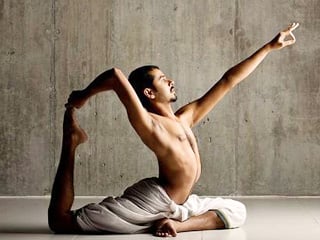 How does mudra assist in meditation?
How does mudra assist in meditation?